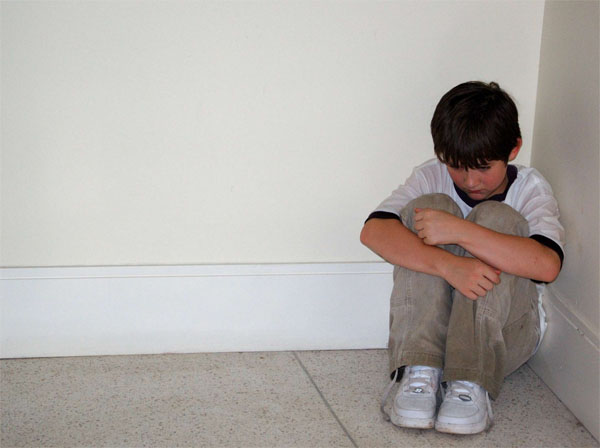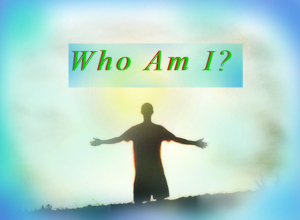Bullying = Abuse. It doesn’t get any clearer than that.


Have you ever heard the story of the proverbial frog placed in cool water who doesn’t realize he’s in danger until the water heats to a boil? Many of us in America are like that little fellow. Our culture is so permeated with verbal and emotional abuse we have become anesthetized to its sting, even downplaying and renaming it with softer names, such as “bullying”, “personality conflicts”, “intolerance” or even “rivalry.”
I say, let’s call it what it truly is: verbal and emotional abuse. It doesn’t get any clearer than that.
Recently, the media circulated a video of children on a New York school bus who were acting in a disrespectful and cruel manner toward an older female bus aide. As we watched with sadness, shock, or even anger, we may have asked ourselves, “How could those kids be cruel?” or “That simply must be an isolated incident”…but is it? It exists more often, and in much more social situations than many of us may ever comprehend.
The NSPCC (National Society for the Prevention of Cruelty to Children) attributes the main causes of abuse are due to those “…who bully may be older or bigger than their victim, or they may have some other advantage which gives them a sense of power. On the other hand, they may feel powerless themselves and bully others to gain a sense of power.”1 This is nonetheless true for physical, verbal, or emotional abuse.
Our culture today commends and encourages power, winning at all cost, violence and control. The simple truth that those students could possibly enjoy acting out in this manner, so much that they would video the scene in order to post and share it as acceptable and/or amusing behavior (yet feel no sense of right or wrong), simply screams of an entitlement that many of us just can’t understand. Until we are shocked by the lack of shame an individual would have in order to abuse another person, it will continue under the watch of a blind eye.
Both subtle, and not so subtle forms of verbal and emotional abuse, are at epidemic levels in our culture. Having counseled thousands of people, my own statistics show 80% or more have experienced significant verbal and emotional abuse. It is no longer only in the school environment. Abuse has permeated relationships between couples, parent-child, siblings, friends, with elders, in the workplace, and even in some church environments.
While we have many statistics on physical abuse and domestic violence, scarcely any statistics exist on verbal abuse, as it is often dealt privately. In addition, most people do not know how to identify the characteristics, so it is rarely reported. Wounds to your soul are not visible on the outside; therefore, they are absolutely more damaging than the physical.
Physical abuse and domestic violence tend to be cyclical, followed by a “honeymoon phase” of remorse, attention, affection, generosity and/or gift giving. Verbal and emotional abuse on the other hand, happens daily, so the effects are more harmful because they are more frequent. People who experience this type of abuse often feel “crazy,” question their feelings and experiences, minimize what is happening to them, and sometimes convince themselves what they hear is truth. This form of abuse is also more devastating, because those that are victimized tend to blame themselves, and not the aggressor.
As a victim of verbal or emotional abuse, one develops poor self-image, fear based thinking patterns, “victim mentality,” negative expectations and attitudes, as well as faulty ways of maneuvering through life with poor relationship skills. It happens slowly…subtly…like in our original “frog analogy.”
While generally, some may call this type of behavior “bullying,” in reality, it is pure and simple abuse. The characteristics include, but are not simply limited to, any or all of the following components:
[unordered_list style=”green-dot”]
[twocol_one]
- Shame
- Humiliation
- Intimidation
- Rejection
- Isolation
- Criticism
[/twocol_one]
[twocol_one_last]
- Blame
- Gossip
- Name calling
- Dominance
- Control
- Manipulation
[/twocol_one_last]
[/unordered_list]
Where do these behaviors begin and how can you educate yourself and others to turn the tide in your communities? You need to understand that the behaviors start from the top, and influence all who observe them. You see them daily in the way people speak to each other and interact in every arena: politics, work, church, relationships, movies, television shows, music, and even right in your own home. Learn to identify the characteristics of abuse. Begin by looking at self then identify the behaviors of those around you and learn how to respond appropriately. Look for future blogs teaching you more about this subject.
Source: National Society for the Prevention of Cruelty to Children, © 2011 NSPCC.org.uk, http://www.nspcc.org.uk
Please share your thoughts with us at www.facebook.com/liferenewal
Dr. Michele
(904) 730-0775
Copyright (c) 2012 by Michele Fleming










Contact With Us